What is the fish aging cabinet for?
What is the temperature of the fish aging cabinet?
The ideal temperature for a fish aging cabinet is generally maintained between 0 and 2°. This temperature range is crucial to ensure that the fish matures properly without risking the growth of harmful bacteria. Additionally, humidity must be carefully controlled, usually maintained between 75% and 85%, to prevent the fish from drying out excessively during the aging process.
How long does it take to dry-age fish?
The length of time you dry-age fish can vary depending on the type of fish and the desired result. In general, the dry-aging period can last from a few days to a maximum of two weeks. For smaller, more delicate fish, such as sea bass or sea bream, the dry-aging period can be shorter, while for larger, more robust fish, such as tuna or salmon, a longer period may be necessary. It is important to constantly monitor the process to ensure that the fish does not lose its freshness and that the flavor is brought out in the best possible way.
How to recognize good aging?
Good aging can be recognized first of all by the appearance of the fish. The flesh should appear firm and slightly darker than fresh fish, without signs of dryness or discoloration. The smell is another fundamental indicator: a well-aged fish will have a delicate and pleasant marine aroma, without hints of ammonia or other unpleasant odors that could indicate deterioration.
Furthermore, the texture of the dry-aged fish is a key factor. It should feel soft and yielding, but not mushy, indicating that the proteins have relaxed and the muscle tissue has reached optimal tenderness. Finally, flavor is the true test of dry-aging: a well-dryed fish will have a richer and more complex flavor, with accentuated marine notes that enhance the quality of the product.
What happens during the aging of fish?
During the aging of fish, several biochemical processes occur that help improve the quality of the final product. First, the natural enzymes present in the fish begin to break down the muscle proteins, making the meat more tender and succulent. This controlled degradation of proteins helps develop a softer and more palatable texture.
At the same time, the lipids in the fish undergo a slight oxidation, a process that helps enrich the flavor profile of the fish. This not only enhances the natural flavor of the fish, but can also add complexity and depth to the overall taste.
Finally, aging the fish reduces excess moisture, concentrating the flavors and improving the overall quality of the product. This artisanal process requires attention and care, but the result is a fish with superior flavor and perfect texture, ready to be enjoyed in a variety of delicious dishes.
Dry aging and wet aging, differences
The dry aging technique consists of keeping the fish in an environment with regulated humidity and temperature. This methodology is particularly suitable for large and fatty fish, such as tuna or salmon.
Wet aging is a technique that not only tenderizes the meat, but also allows for extra flavors to be added. It is especially suitable for more delicate fish such as sea bream and sea bass, where the aging process can enrich the flavor without overpowering the natural delicacy of the meat. During this time, the flavors are concentrated and deeper marine notes develop, enhancing the freshness and intrinsic quality of the fish.
Furthermore, dry-aging offers the opportunity to experiment with different combinations of spices and light marinades, which can be gradually absorbed by the fish, providing an additional layer of flavor. This makes dry-aging a versatile technique, capable of adapting to various cooking styles and taste preferences, always guaranteeing a surprising and refined end result.
On the website ristorazione-refrigerazione.en you can find fish aging cabinets made with high quality materials, designed to guarantee the best conservation conditions.
These cabinets feature advanced technologies that allow for precise control of temperature and humidity, essential for optimal aging. They are also available in different sizes and configurations to meet the specific needs of restaurants, fishmongers and food enthusiasts. Thanks to their energy efficiency and ease of use, they are an excellent choice for those who want to improve the quality of fish served to their customers or guests.

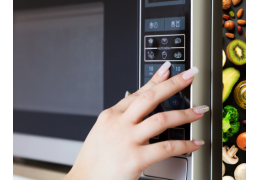
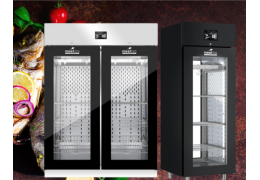
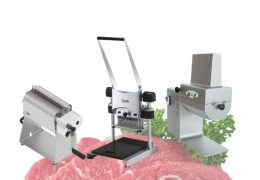
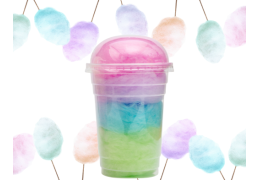
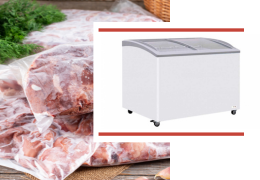







Leave a comment